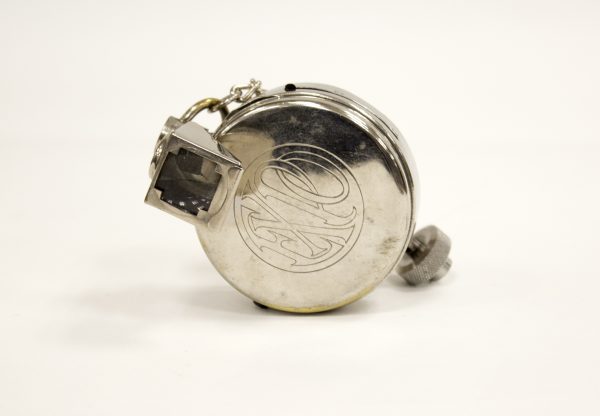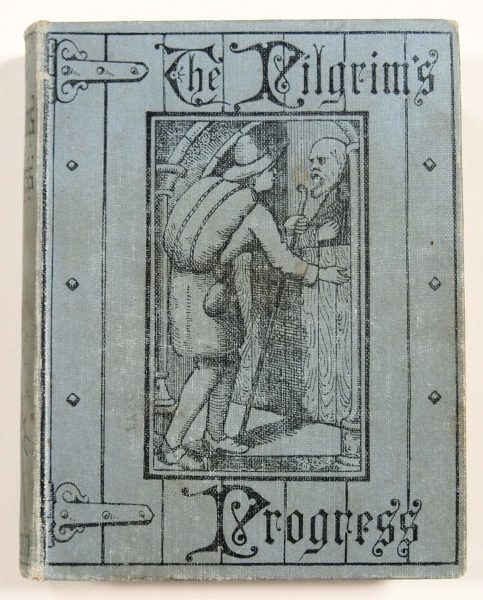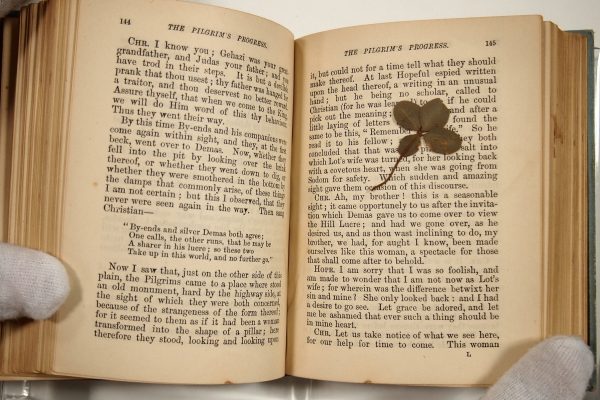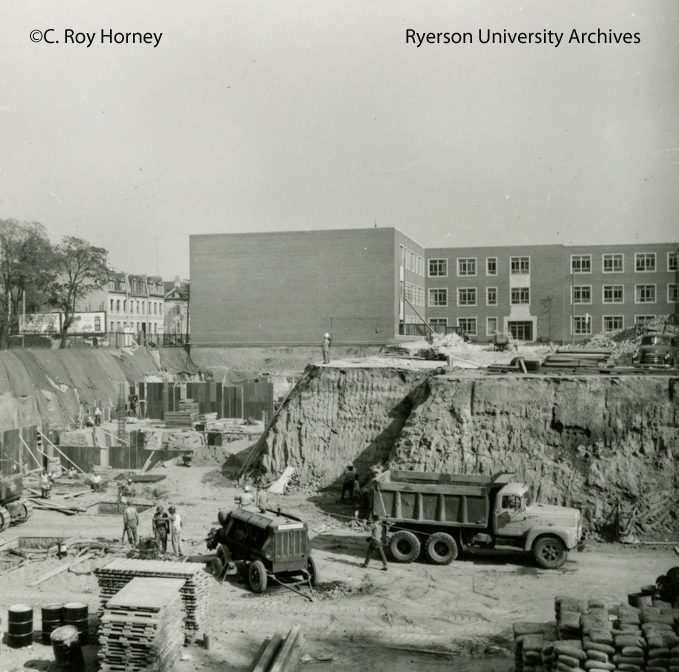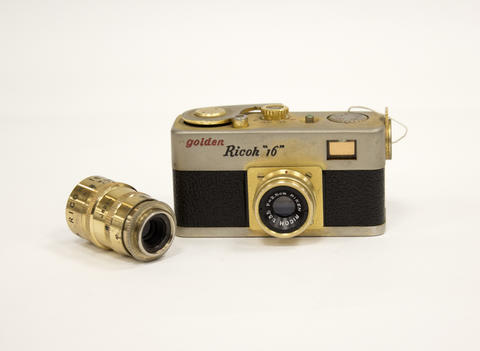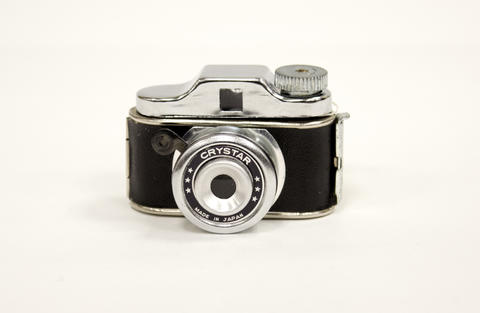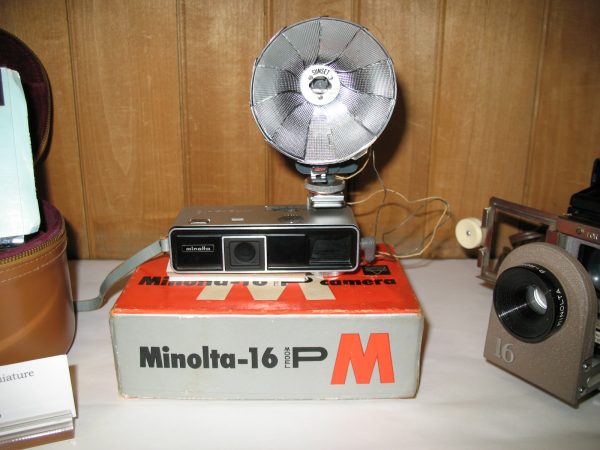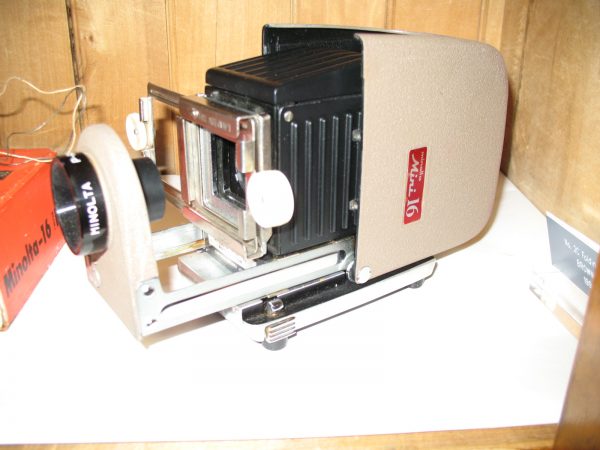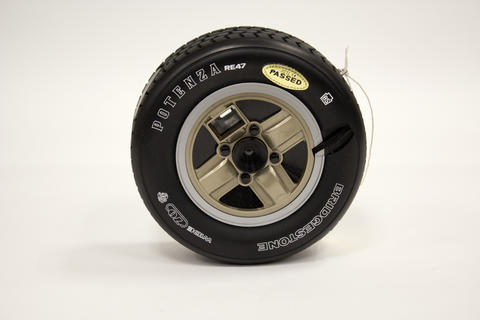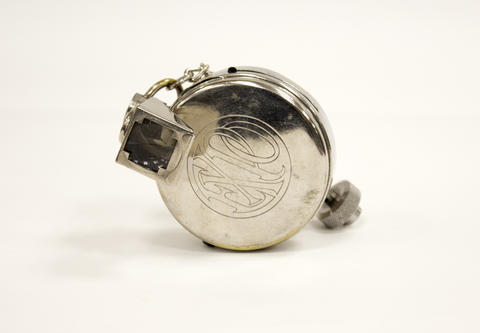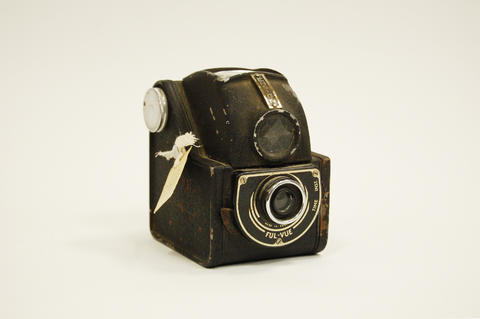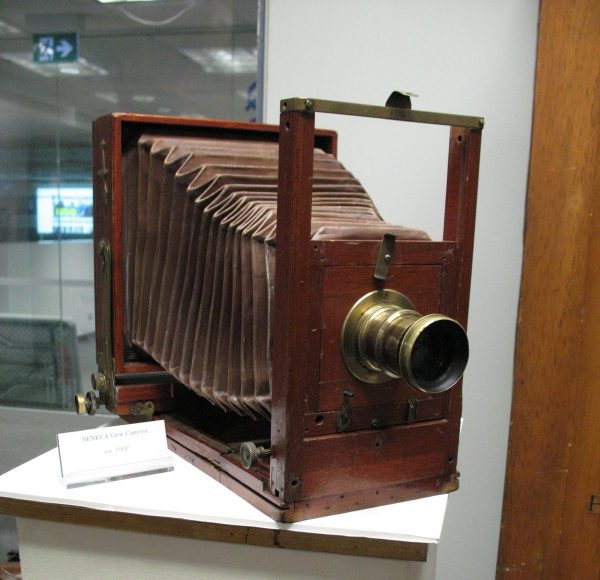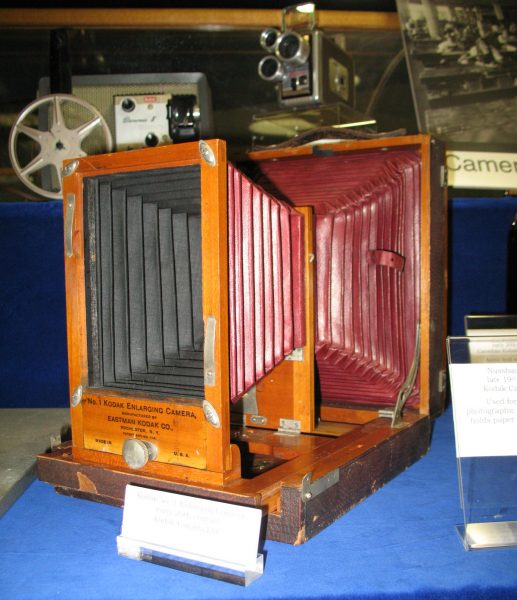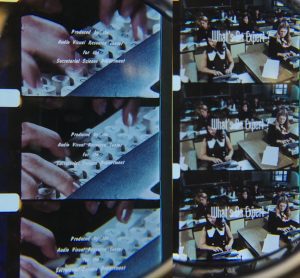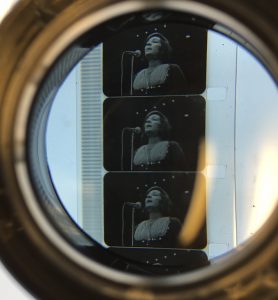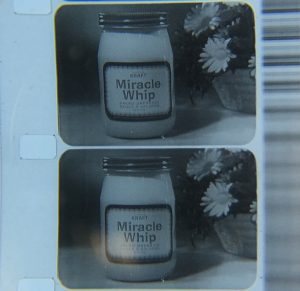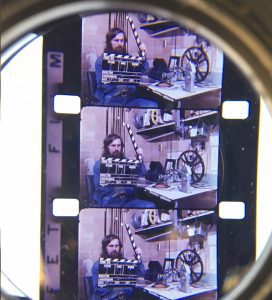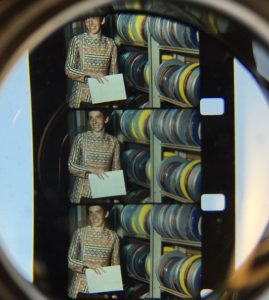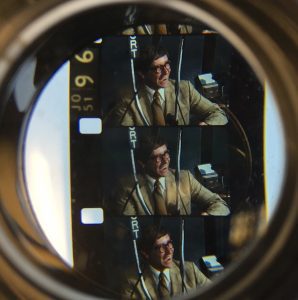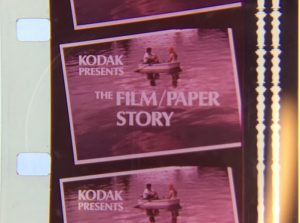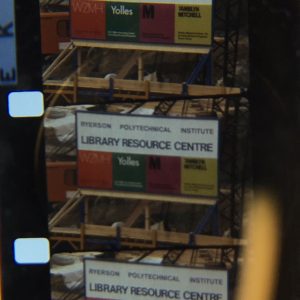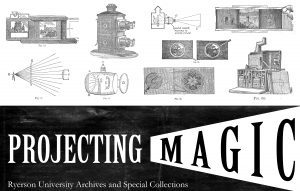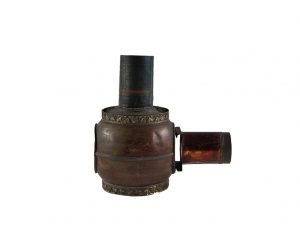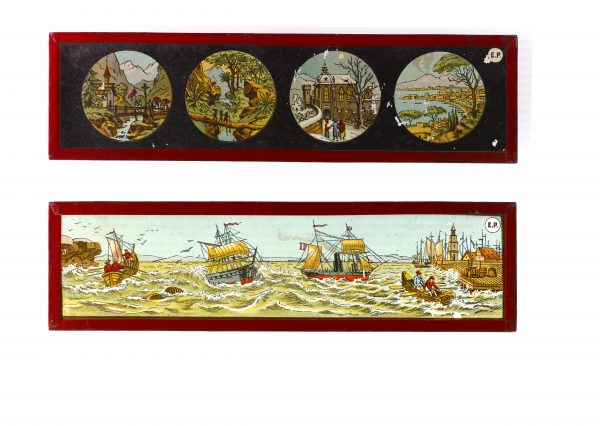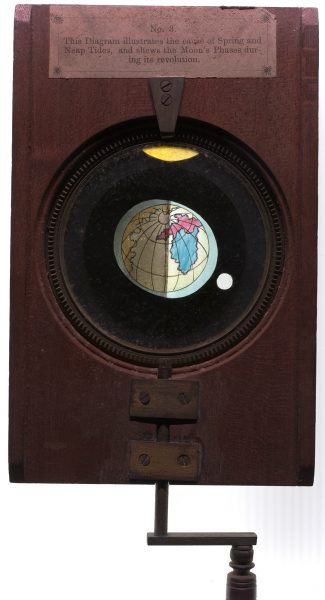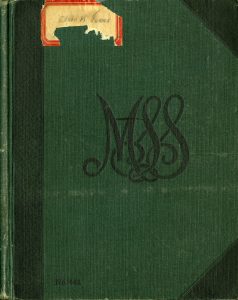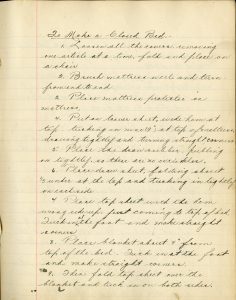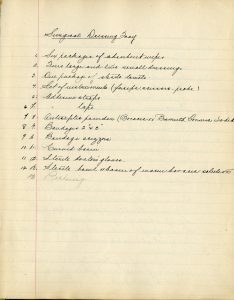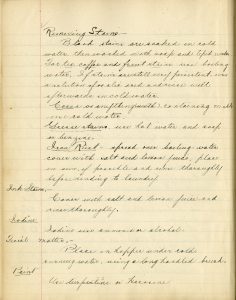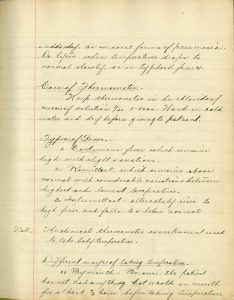Did you know Ryerson Special Collections has a large selection of World War II comic books? We have a collection of over 180 Canadian Whites comics!
These are referred to as the “Canadian Whites” since only the front and back cover were printed in colour, while the pages inside were kept in black and white.
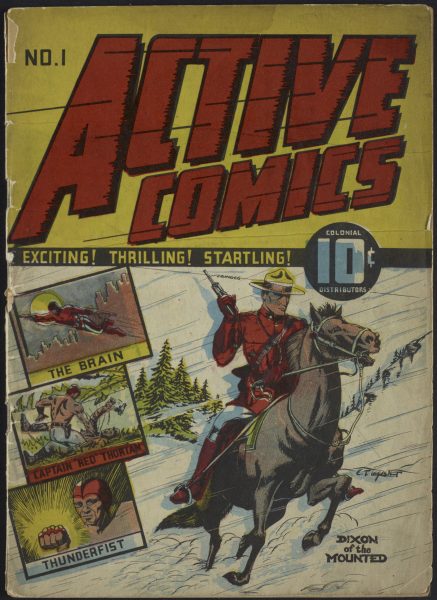
In 1940, the War Exchange Conservation Act (WECA) deemed American comic books non-essential luxury goods, which could not be imported during World War II. Canadian publishers responded to this demand for comics by creating their own national superheroes with local storylines.
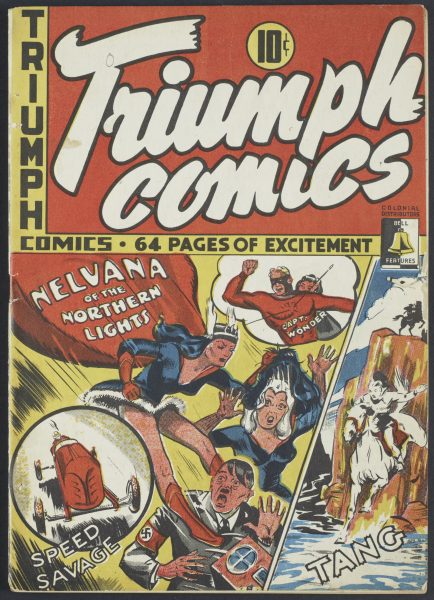
They introduced iconic characters such as Johnny Canuck, a Canadian hero who fights Nazis without superpowers but with his own strength and patriotism, and Nelvana of the Northern Lights, a superhero tasked to protect Northern Canada. Nelvana was one of the first female superheroes to be featured in comic books, and even predated the creation of Wonder Woman. Her character was possibly inspired by an Inuit elder that the Group of Seven painter Franz Johnston met during a trip to the Northwest Territories.
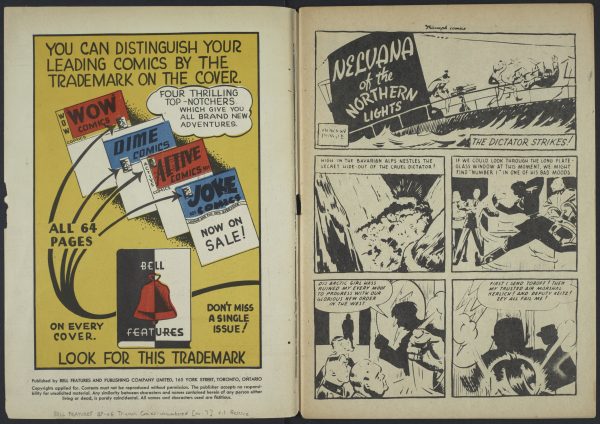
The Canadian Whites comics are incredible resources to read, research and analyze. There are several facets to explore, from the character’s stereotypical depictions and the Canadian propaganda storylines to the type of ink processes used to print the comic books.
If you’d like to view these comics from your home, Library and Archives Canada has several issues digitized and available online. Browse through their finding aid to locate the links and view the comic books.
Check out these resources for more information about Canadian Comic Books:
- Canadian Whites Comic Book Collection in Ryerson Library Special Collections
- Superheroes to Call our Own video from the CBC Archives (1971)
- Reading the Shelves: The Politics of Creating a Diverse Comics Library by Canada Comics Open Library
- Crash Course: Superheroes by The Secret Life of Canada podcast
